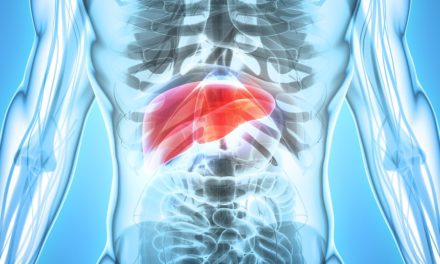A three-year controlled study involving 212 patients with osteoarthitis of the knee shows the effectiveness of glucosamine sulfate. The study was presented at the 1999 Annual Meeting of the American College of Rheumatology. Patients who took the glucosamine experienced a reduction in pain and, according to x-ray, a slowdown of actual degeneration compared to those who took a placebo.
The patients’ knees were x-rayed, with those x-rays being interpreted by doctors who had no idea which patients received the glucosamine or which patients received the placebo. Along with feeling better, the patients who received the glucosamine had no further narrowing of cartilage. The placebo group experienced more pain and more degeneration after the three-year period.
In a literature review of 15 articles covering the use of glucosamine and chondroitan for osteo arthritis (The Journal of the American Medical Association March 15, 2000;283:1469-1475, 1483-1484), the authors found a modest benefit from glucosamine and a lot of benefit from chondroitin. The researchers, however, suggest that the actual benefit of treatment with glucosamine and chondroitin is likely to be less than the studies indicate.
In another study, (“Long-Term Effects of Glucosamine Sulphate on Osteoarthritis Progression: A Randomized, Placebo-Controlled Clinical Trial,” The Lancet, 2001;357:251-256. #36887 [4/01]) supplementation with glucosamine improved joint health. X-rays were taken to show if the joint structure itself had improved. Joint spaces were measured at the beginning of the study and again after three years. Patients given glucosamine did not have any further joint narrowing while those not given the supplement did experience narrowing of the joint. Also, the symptoms of the group given the glucosamine improved while those not given supplement got worse.
There are usually no side-effects from glucosamine and chondroitan supplementation. The products are much safer than pain medications. Repair of cartilage requires the synthesis of glycosaminoglycans to produce proteoglycans. Glucosamine is required for the synthesis of glycosaminoglycans and is the rate-limiting step. The production of glucosamine tends to slow down later in life. Long-chain glycosaminoglycans such as chondroitin sulfates inhibit enzymes which result in degenerative joint disease. Studies comparing glucosamine sulfate to NSAIDS show it to compare favorably with the drugs. While the drugs are initially more effective than the glucosamine, after a period of six weeks, the glucosamine exceeds the pain decreasing capacity of the NSAIDS.






